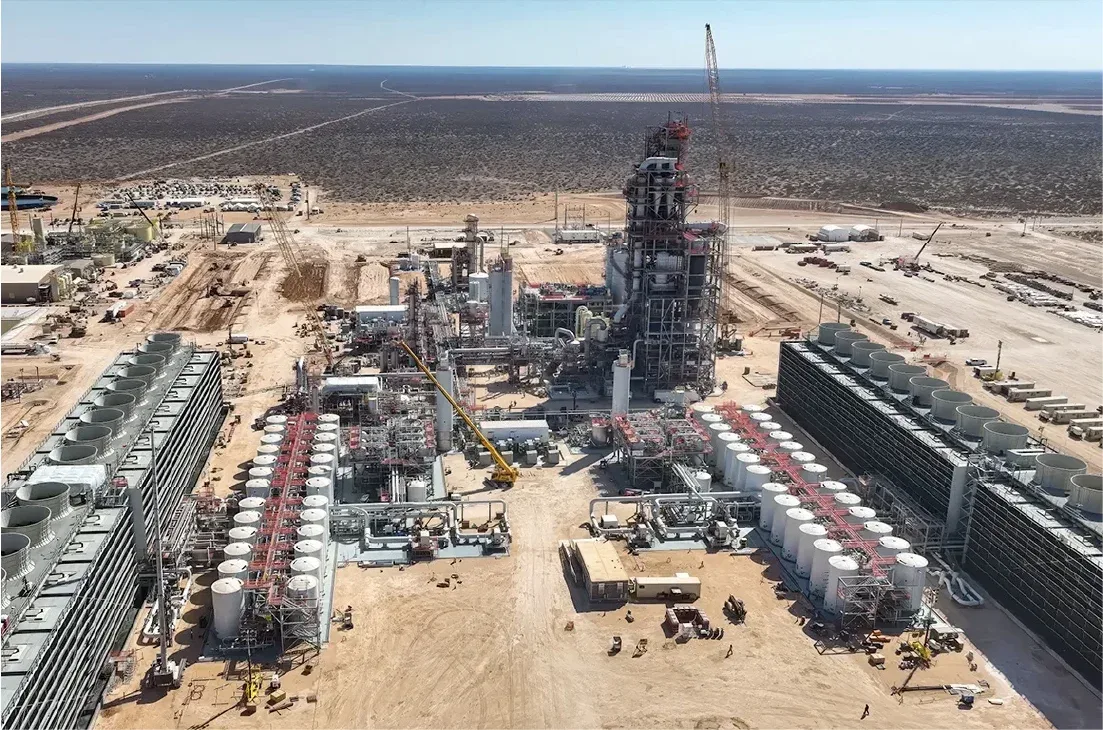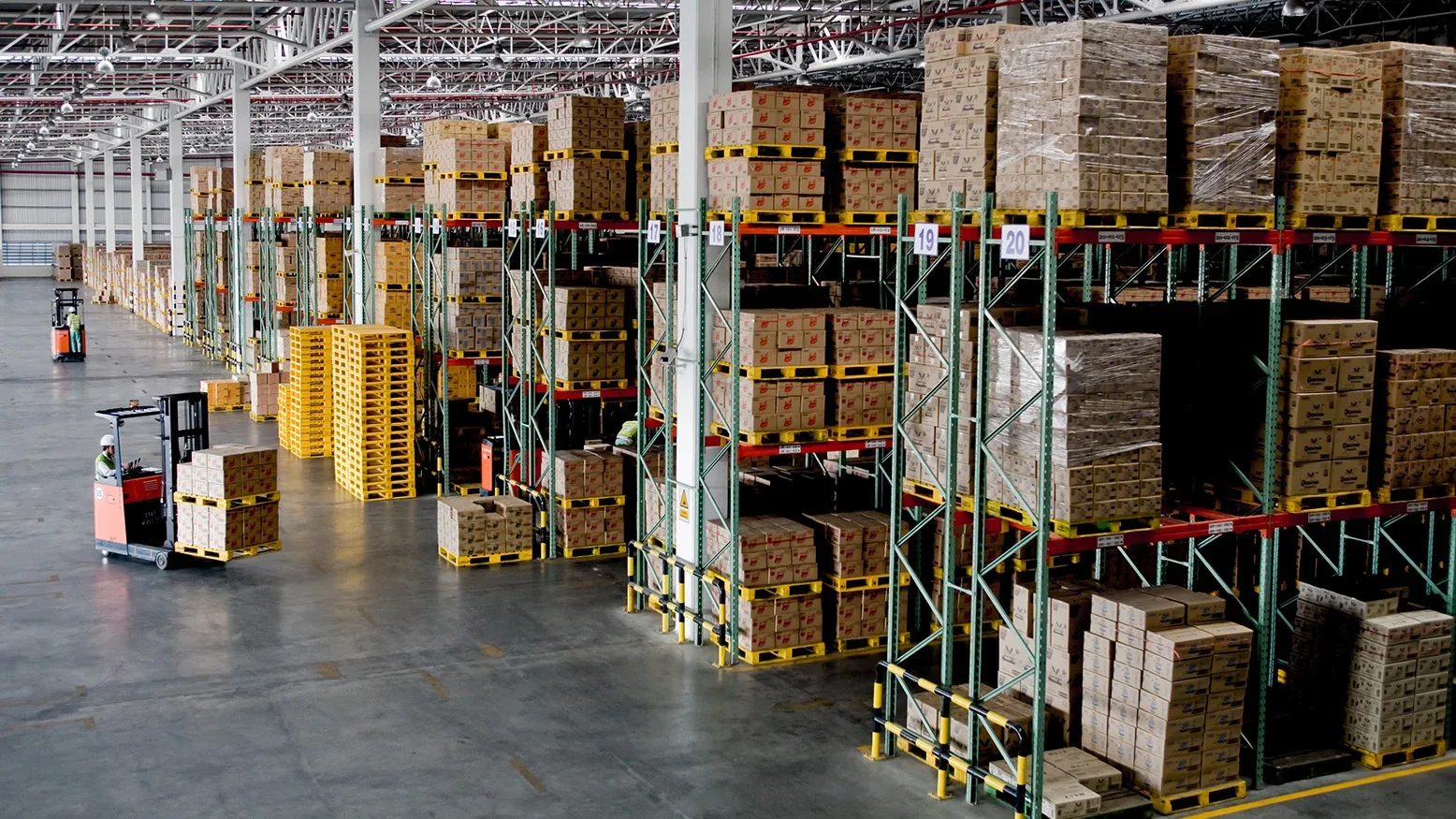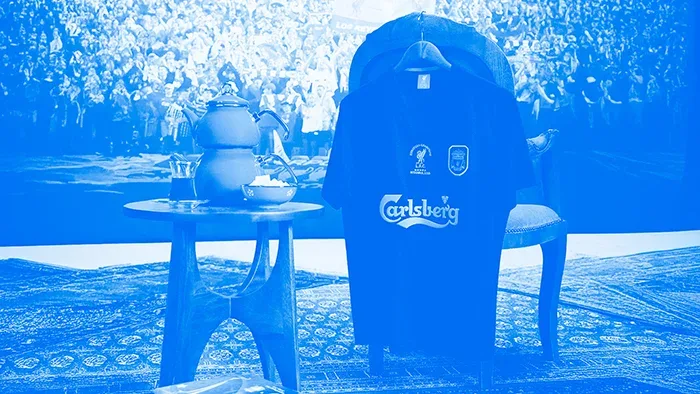Consumers are increasingly prioritizing sustainability in their purchasing decisions, from everyday essentials like snacks and beverages to apparel and home goods. This shift presents an opportunity for brands to differentiate their products by aligning with sustainability expectations.
A key emerging trend within sustainability is carbon intensity—understanding the emissions footprint of individual products and taking measurable steps to reduce it. By lowering emissions through supply chain optimizations and neutralizing residual emissions with verified removal solutions, brands can credibly position their products as lower-carbon or fully decarbonized offerings.
To achieve this, brands need precise and transparent methods for measuring CO2 removal at the product level. This is where Direct Air Capture Carbon Dioxide Removal credits offer a distinct advantage.

The Role of Direct Air Capture in Carbon Removal
Carbon Dioxide Removal (CDR) credits represent the extraction of one metric tonne of CO2 from the atmosphere. Direct Air Capture (DAC) is a high-integrity method of carbon removal, using advanced climate technology to capture CO2 directly from ambient air. Unlike other approaches, DAC provides a metered, measurable, and verifiable removal process, allowing each tonne of CO2 removed to be accounted for and attributed to a product.
For product decarbonization, this precision matters. When a brand ties CO2 removal to a specific product, consumers and regulators expect transparency and credibility. DAC CDR credits provide this transparency, making them an ideal solution for companies looking to offer decarbonized products.
Why Product Decarbonization Matters
Sustainability-marketed products tend to outperform conventional products in price premiums, according to NYU Stern. Research shows that consumers are willing to pay more for not just sustainability-aligned goods, but also products produced with lower carbon emissions. In fact, a 2024 survey by PwC found that consumers on average are willing to pay up to 9.1% more for products produced with a lower supply chain/carbon footprint. Understanding this can make carbon reduction strategies not only an environmental priority but also a competitive business opportunity.
While many brands have set corporate emissions reduction targets, relatively few have taken steps to understand emissions at the product level. Product-specific decarbonization enables companies to move beyond broad corporate pledges and offer tangible, verifiable sustainability claims that consumers can trust.
Beyond Reduction: The Need for Carbon Removal
Efficiency improvements, renewable energy adoption, and supply chain optimizations can help reduce emissions, but they rarely eliminate them entirely. Some emissions are unavoidable, particularly in hard-to-decarbonize sectors such as manufacturing, food production, and apparel.
To truly and fully decarbonize products, brands can integrate CDR solutions like DAC to neutralize residual emissions. When applied to products, verified carbon removal credits can enable brands to meet rising consumer expectations for low-carbon products.
The Business Case for DAC CDRs in Consumer Products
While DAC CDR credits play a critical role in sustainability, they also present a strategic business opportunity for brands that integrate them effectively. The following sections outline how DAC-enabled decarbonization delivers tangible value across revenue, branding, and consumer expectations.
Revenue Generation Through Differentiation
Many companies perceive carbon removal as a cost, but when integrated into product offerings, it can become a strategic asset. NYU Stern reports sustainability-marketed products account for roughly 24% of the market but deliver more than 41% of growth, signaling a growing base of sustainability-conscious consumers. Assuming consumers treat low-carbon products in similar fashion, DAC-backed product decarbonization has the potential to enhance brand positioning, attract sustainability-conscious consumers, and support premium pricing.
By integrating DAC CDR credits into products, brands can create an opportunity for customers to participate in climate action, rather than absorbing the cost internally. This approach can foster engagement and strengthen brand loyalty.
Enhancing Brand Identity & Competitive Edge
Products that have reduced their emissions and removed their residual emissions could command price premiums, similar to organic, fair trade, or other sustainability certifications. Moreover, the addition of a carbon label indicating the product’s net carbon intensity can invite new consumers to participate while retaining brand loyalists.
In addition to product differentiation, the early adoption of high-quality DAC carbon removal for product decarbonization has the potential to position brands as leaders in sustainability innovation, enabling enhanced loyalty to both the products and to the brand that sells them. By setting a new industry standard and appealing to environmentally conscious consumers, these brands can outpace competitors that have yet to integrate verifiable carbon removal into their offerings, securing a stronger market position.
Aligning with Price Sensitivity & Consumer Willingness to Pay
For many products, the cost of DAC enabled decarbonization often falls well below the 9.1% premium consumers are reportedly willing to pay for decarbonized products. This creates a strong opportunity for brands to use their sustainability efforts to drive profits without increasing costs.
For example, a 7 oz package of crackers might have an estimated carbon footprint of about 0.2 kg CO2e. Using 1PointFive’s DAC technology today, the cost to fully decarbonize that product would be less than ~$0.10. That's just 3.6% of the $2.75 average retail price, and significantly less than the 9.1% premium consumers are reportedly willing to pay.
Integrating these pricing changes is seamless for brands that already incorporate sustainability labeling, such as beverages, apparel, and personal care, making the transition to DAC-enabled product differentiation seamless. This level of differentiation also empowers consumers to make purchasing decisions with a product’s carbon footprint in mind.
Making the Right Choice for Product Decarbonization
The market for sustainable products is shifting. Consumers want low-carbon products.
DAC CDR credits can set a new standard for high-integrity product decarbonization, offering transparency and credibility. Brands that act early and differentiate their products with carbon removal could secure a long-term competitive advantage, positioning themselves as industry leaders at a time when demand for verifiable carbon removal is accelerating. Those who act now will be best positioned to capture future market share, attract sustainability-focused consumers, and stay ahead.
Ready to explore DAC-enabled decarbonization for your products? Let’s connect.







Link Copied!
Could not Copy